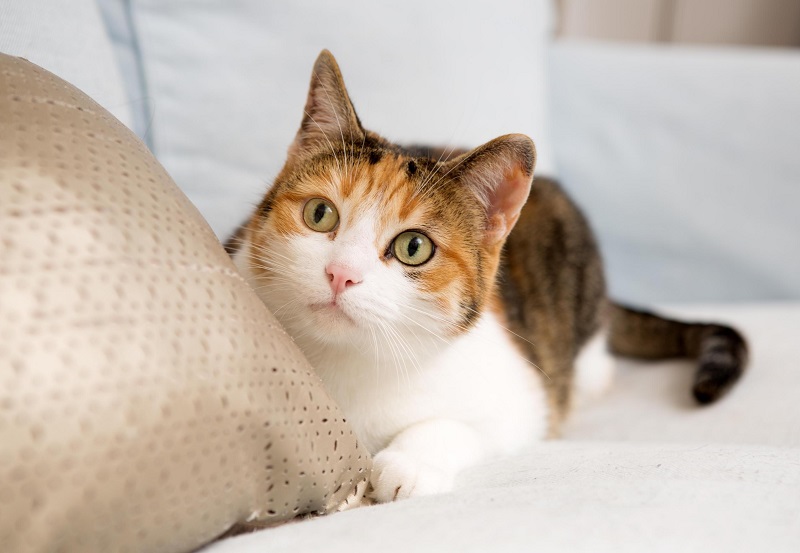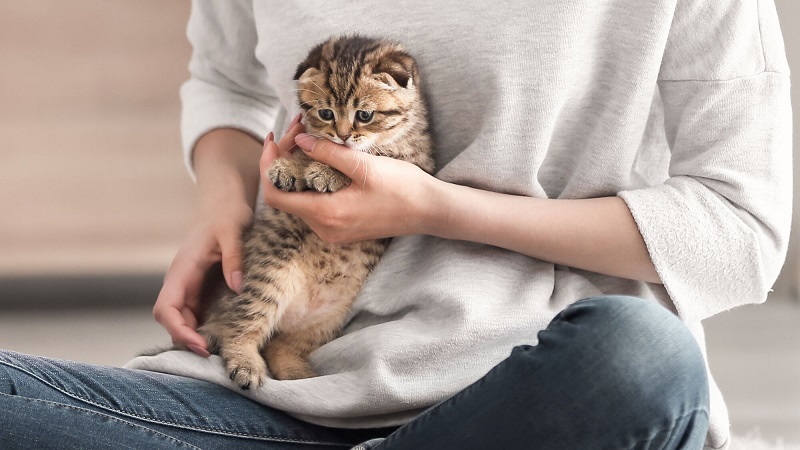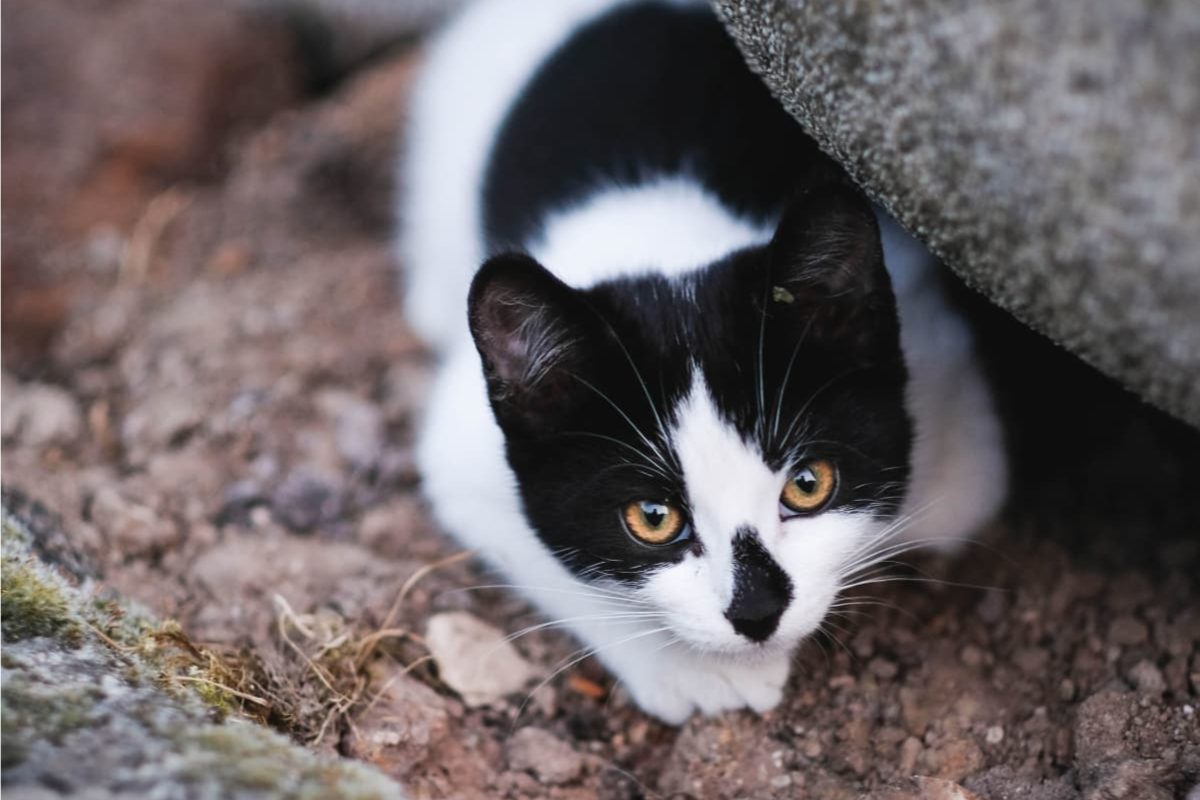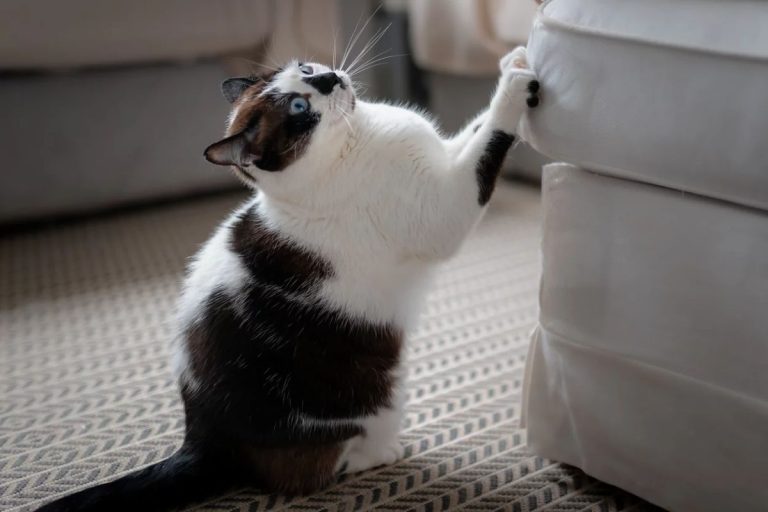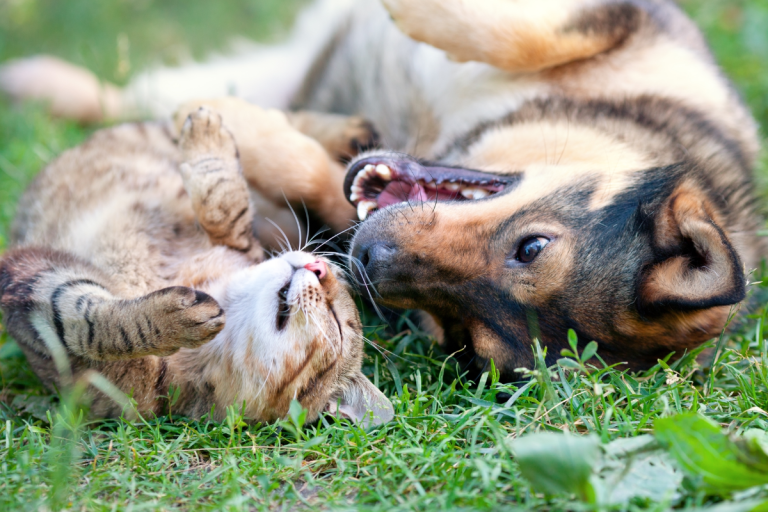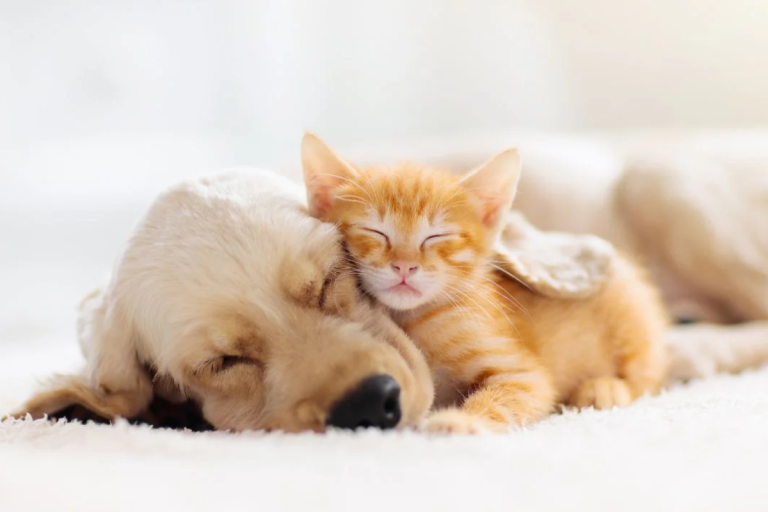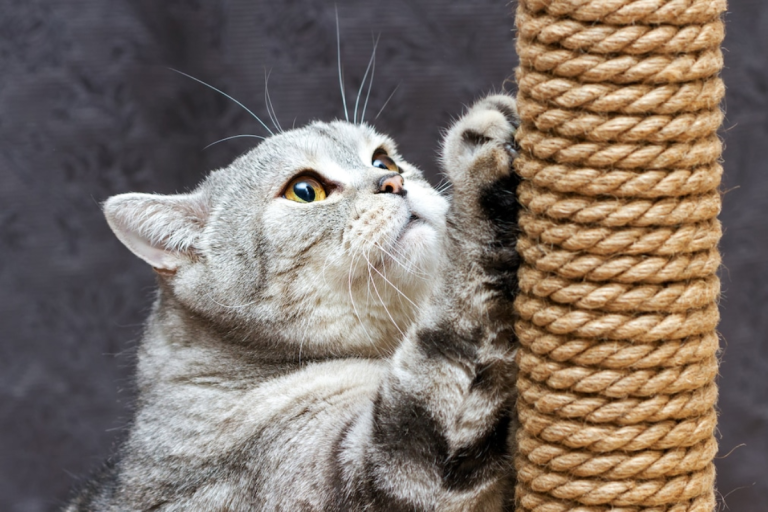Building a connection with a cat can be a deeply rewarding experience, but it’s not always easy, especially when your feline friend seems distant. Unlike dogs, who generally love attention, cats have a more independent and sometimes aloof nature. If your cat seems to prefer their own space over spending time with you, it might feel discouraging. But don’t worry—you’re not alone, and there are ways to bridge that gap.
Whether your cat is naturally independent, adjusting to a new environment, or has experienced past trauma, it’s possible to build a stronger bond. It just takes time, patience, and understanding of your cat’s unique personality.
Why Do Some Cats Seem Distant?
Before you can strengthen the bond with your distant cat, it’s important to understand why they might be acting that way. Cats can appear distant for a variety of reasons, and knowing the cause is the first step toward improving your relationship.
Natural Feline Independence
Cats are solitary creatures by nature, descended from wild animals that prefer to hunt alone. Some cats are simply more independent than others, and this doesn’t mean they don’t like you! It just means they need their space and may not be as outwardly affectionate as other pets. Respecting this part of their nature is key to bonding.
Environmental Changes That Affect Behavior
If you’ve recently moved, changed your routine, or even added a new pet or family member, your cat might be reacting to these changes. Cats are creatures of habit, and when something disrupts their environment, they can become withdrawn. This distancing might just be their way of coping with the new situation.
Past Experiences or Trauma
If you’ve adopted a rescue cat, there’s a possibility they’ve experienced trauma or neglect in their past. Cats that have been through difficult times might take longer to trust people. They may seem distant because they’re still learning that they’re in a safe and loving home.
Steps to Build a Stronger Bond with Your Cat
Now that we’ve covered why your cat might be keeping their distance, let’s talk about how to bring them closer. It’s all about creating a safe and positive environment for your cat to feel comfortable in, one step at a time.
Give Your Cat Space to Feel Comfortable
Cats need their own personal space. Trying to force affection or crowding them when they’re not ready can actually push them further away. Instead, give your cat the room to come to you on their own terms. Set up cozy spaces in your home where they can retreat to if they want quiet time, and let them approach you when they feel safe.
Create Positive Associations Through Play and Treats
One of the best ways to win a cat’s trust is by associating yourself with positive experiences. Treats and playtime are perfect for this. Don’t underestimate the power of a good snack! Offer treats when your cat is nearby or use interactive toys like a feather wand to engage them in play. Over time, your cat will begin to associate your presence with good things, which can help them warm up to you.
Consistency Is Key: Establishing a Routine
Cats love routine. Feeding your cat at the same time every day, sticking to a regular play schedule, and creating a predictable environment can make your cat feel more secure. When they know what to expect from you, they’re more likely to trust you. This reliability will help to break down some of the walls your cat has built up.
Understanding Your Cat’s Body Language
Cats are masters of subtle communication. Learning to read your cat’s body language can help you better understand how they’re feeling and guide your interactions.
Signs of Comfort vs. Signs of Stress
A comfortable cat will have relaxed body language—soft eyes, a slow tail, and perhaps even a purr. On the flip side, signs of stress include flattened ears, a stiff body, or a tail twitching quickly. If you notice these signs, it’s best to give your cat some space until they’re more relaxed. Misreading your cat’s body language can result in a misunderstanding that may further distance them from you.
Reading Subtle Cues for Better Interaction
Cats often give off tiny signals that they’re ready for interaction. A slow blink, for instance, is a sign of trust. If your cat makes eye contact and blinks slowly, try blinking back. This is one way cats communicate that they’re feeling calm and safe around you. Paying attention to these small cues can deepen your bond without overwhelming them.
How to Use Playtime to Strengthen Your Bond
Play is not just for kittens—adult cats enjoy it, too. Engaging your cat in playtime is a fun and effective way to build trust and form a stronger connection.
Choosing the Right Toys for Engagement
Not every toy will pique your cat’s interest, so it’s important to experiment with different types. Some cats love chasing feather wands, while others might prefer puzzle toys or laser pointers. The key is finding what gets your cat moving and excited. Once you know what they love, use that toy as a way to bond with them.
Varying Play to Keep Your Cat Interested
Cats can get bored easily if playtime becomes too predictable. Switch up the games you play to keep things exciting. Try hiding treats around the house for them to find, or introduce new toys every few weeks. This keeps your cat mentally stimulated and strengthens the bond you’re building together.
Patience and Persistence: The Art of Slow Bonding
When it comes to bonding with a distant cat, patience truly is a virtue. Cats work on their own timelines, and rushing the process will only push them further away.
The Importance of Not Rushing the Process
Bonding with a cat takes time, especially if they’re shy or have a distant personality. Avoid forcing physical affection, like picking them up when they’re not ready. Instead, let your cat come to you in their own time. This slow, steady approach will yield better results than trying to speed up the process.
Rewarding Small Signs of Progress
Every tiny step toward bonding should be celebrated. Did your cat finally curl up near you on the couch? Great! Did they follow you into a room for the first time? Even better. Reward these small victories with treats, gentle pets, or their favorite toys. Positive reinforcement will encourage your cat to keep moving closer to you.
FAQs
How long does it take to bond with a distant cat?
Bonding with a distant cat can take anywhere from a few weeks to several months, depending on their personality and past experiences.
Can you build a bond with an older cat that’s distant?
Yes, older cats can bond with their owners just as well as younger cats. It might take more patience, but it’s definitely possible.
What should I avoid doing when trying to bond with a shy or distant cat?
Avoid forcing interactions, picking them up when they’re not ready, or being too loud and overwhelming. Let them approach you on their own terms.
How can I tell if my cat is starting to bond with me?
Signs that your cat is bonding with you include sitting closer, initiating play, purring around you, or following you from room to room.
Are there specific times of day that are better for bonding with my cat?
Cats are typically more active at dawn and dusk, so these are good times to engage in play or bonding activities.
Conclusion
Building a bond with a distant cat may seem like an uphill battle, but with patience, consistency, and understanding, it’s entirely possible. Cats need time to trust, and by giving them space, paying attention to their body language, and engaging them in activities they enjoy, you can create a stronger connection.
Remember, each cat is different—some will take longer than others to warm up, but the effort is always worth it when you finally earn their affection.
